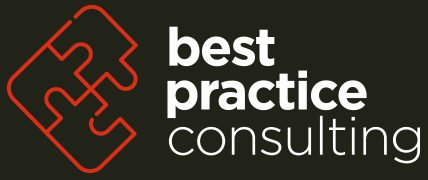The relationship comes first. The ability to give and receive upward feedback is dependent on the relationship and level of trust between you and your boss. Before giving feedback, you need to gauge whether your boss will be open to what you have to say. If you know that your boss is unreceptive to feedback, is likely to react negatively, or if you have a rocky relationship, it’s better not to say anything. However, if your boss is open-minded and you have a good relationship, you owe them the straight talk. As with any feedback, your intentions must be good and your desire to help your boss is paramount.
Ask first. If you’re unsure if your boss is open to candid feedback, ask them. Feedback can result in learning, and everyone should be open to learning, no matter his or her position. Hopefully your boss will say yes, and that will make giving the feedback a little easier. If you get the feeling your manager isn’t wild about receiving upward feedback, look for anonymous ways to share your thoughts, such as a 360-feedback process.
Make your feedback timely. Ideally, you want to give feedback as soon as you can and in an appropriate setting after something has happened. After that, details can get fuzzy. If you can’t get together to talk soon after the situation, write down what happened - in detail - so that when you are able to meet, you can quickly recall events accurately.
Be specific. For feedback to be effective and have an impact, make sure it’s specific. For example, “When you brief me on a project, it would be more helpful to give me the goals and desired outcomes instead of a list of tasks you want me to complete. I can figure those things out on my own,” is better than saying, “I don’t like how you give project briefs.” The second isn’t actionable and doesn’t give your manager insight on how to change or improve.
Choose your delivery method carefully. Although email or instant messenger is tempting, it’s best to talk face to face when giving feedback. It might be awkward and more difficult than just typing up your suggestions and hitting send, but having a real conversation will ensure the message you want to deliver is the one received. Body language often says more than spoken words; if you go into the meeting with a smile and relaxed manner, you can start things off with the right tone. And if you see your manager getting tense, you can adjust your tone and clarify your words so that the conversation stays meaningful.
When your boss bites back. No matter how thoughtfully you’ve prepared and delivered your feedback, your boss may get upset or be defensive about the feedback you’ve given. If you were asked for the feedback, you should hold your ground and explain that you were doing what was asked of you. Sometimes reframing the feedback can help. Often feedback is more easily received if you frame it in terms of what your boss cares about.
When in doubt, hold your tongue. If you’re not sure if your boss wants to hear feedback or if the subject of the feedback is a sensitive one, it’s almost always better to not speak up. There is no reason to risk your working relationship or your job, unless you feel your boss’s behaviour is putting the organisation or your unit in jeopardy. Instead, look for opportunities to give anonymous feedback, such as a 360-degree feedback process.
We offer 90-minute Bite Size Learning courses and bespoke training on giving upward feedback. If you want to talk further get in touch today.

